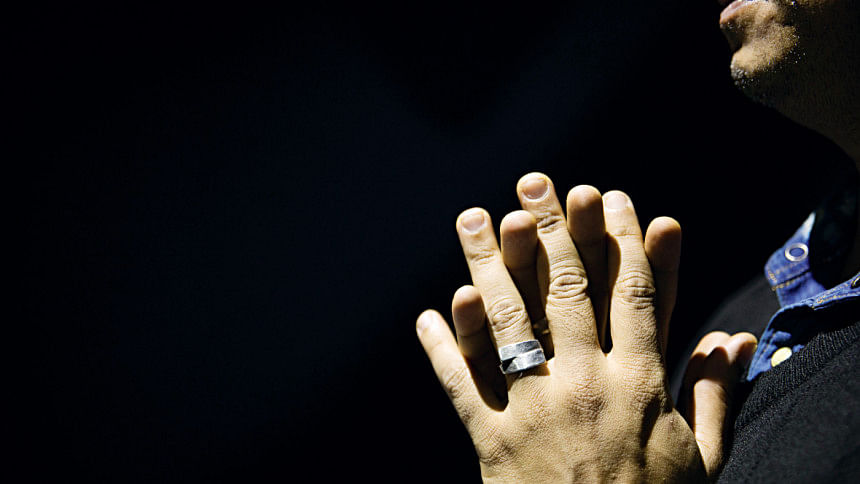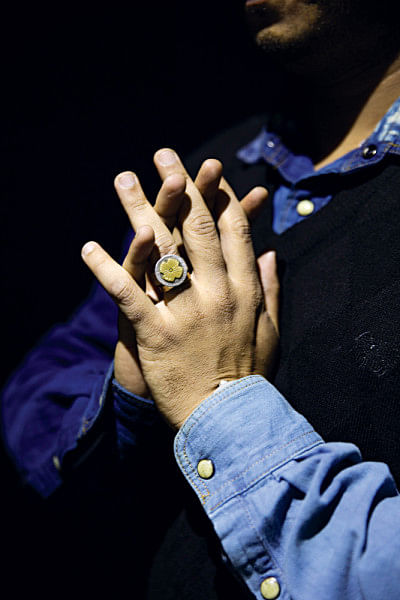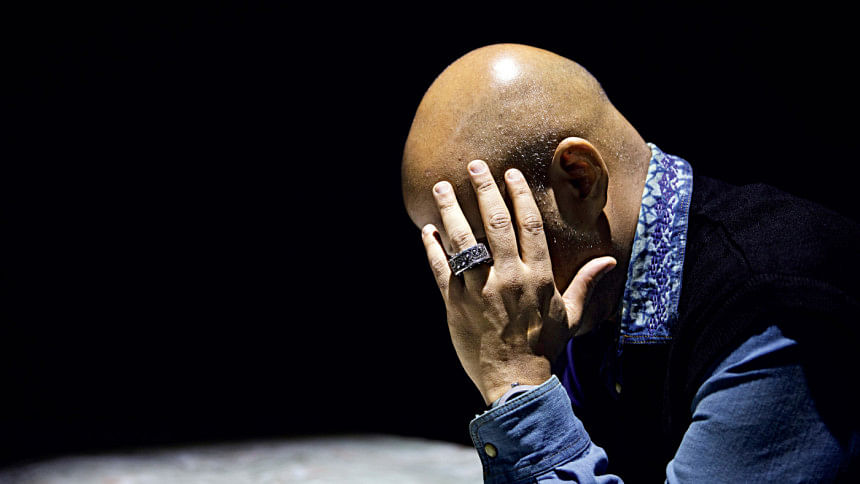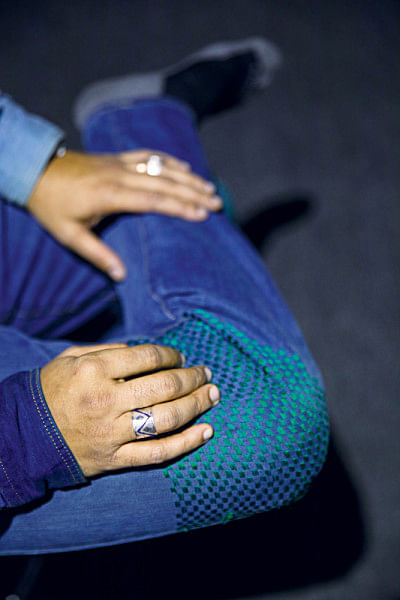Customising your first signet ring


Although they were reserved for elite classes back in the day, at present, signet rings are a great option to look into if you are looking for a personalised and bespoke ring. Once worn by religious leaders, pharaohs, and royals, signet rings house themselves on a pedestal in the history of jewellery.
Of priests and politicians
Historically, they were used to seal official documents, with the rings being stamped on or dipped in hot wax seals or soft clay. Signet rings were perceived to be the more official counterpart of signatures, akin to fingerprints.
Although they were used throughout history by pharaohs, business tycoons, politicians and religious leaders, they became especially popular near the end of the middle ages. At this point in history, royals, aristocrats and prominent families wanted to distinguish themselves from the rest due to the rise of the middle class.
Signet rings were the ultimate symbol of wealth and prominence, and the ideal token for elites to use to stand out.
As personal as it gets
At present, a lot of the value which signet rings traditionally held has been lost. Signet rings were conventionally handed down from generation to generation, and at present, this is rarely practiced by prominent families.
These days, they are mostly worn as a highly personalised statement ring or a casual family heirloom. Since the late 2010s, they have made a cyclical comeback, as most fashion trends do every few generations. If you find yourself attached to specific jewellery pieces as if they encapsulate a part of you, or are simply looking for an heirloom, a signet ring is the perfect jewellery candidate.
Designing a symbol
The symbol is what ultimately adorns the signet ring with its individuality. If you are making a signet ring for yourself as a sentimental statement piece, add engravings or raised edges which symbolise what you personally identify with. It may be an icon, a minimalistic image, your initials, or even a simple word or phrase. If it is for an heirloom, you may choose to go for a symbol which represents your family line.
This is also the point during which you should decide if you would like your symbol to be raised or engraved.
Engravings come in one dimensional styles and three dimensional styles which tend to be pricier.


Crafting the top
Choosing the material for the top is the second step. While some people go for flattened gemstones such as black onyx or bloodstone, others choose a metal top to carve the symbol onto. Metal options include sterling silver, gold, rose gold and white gold. Shapes which the metal or gemstone top are commonly cut into include the cushion top, the modern looking octagon, the elegant rounded cut, and the vintage long oval.
Banding it together
Metal options for the band of the signet ring include sterling silver, rose gold, gold, and white gold. If you would like further personalisation, you can always add engravings on the inner side of the band, with a phrase or word you hold close.
Getting your hands on it
Traditionally, signet rings would be worn on the pinkie finger of the non-dominant hand. This eased the document signing process. As signet rings are no longer used in place of fingerprints, it is totally up to you to choose the finger which will bear your bespoke ring.
Photo: Sazzad Ibne Sayed
Model: Mishael Aziz Ahmad

 For all latest news, follow The Daily Star's Google News channel.
For all latest news, follow The Daily Star's Google News channel. 



Comments